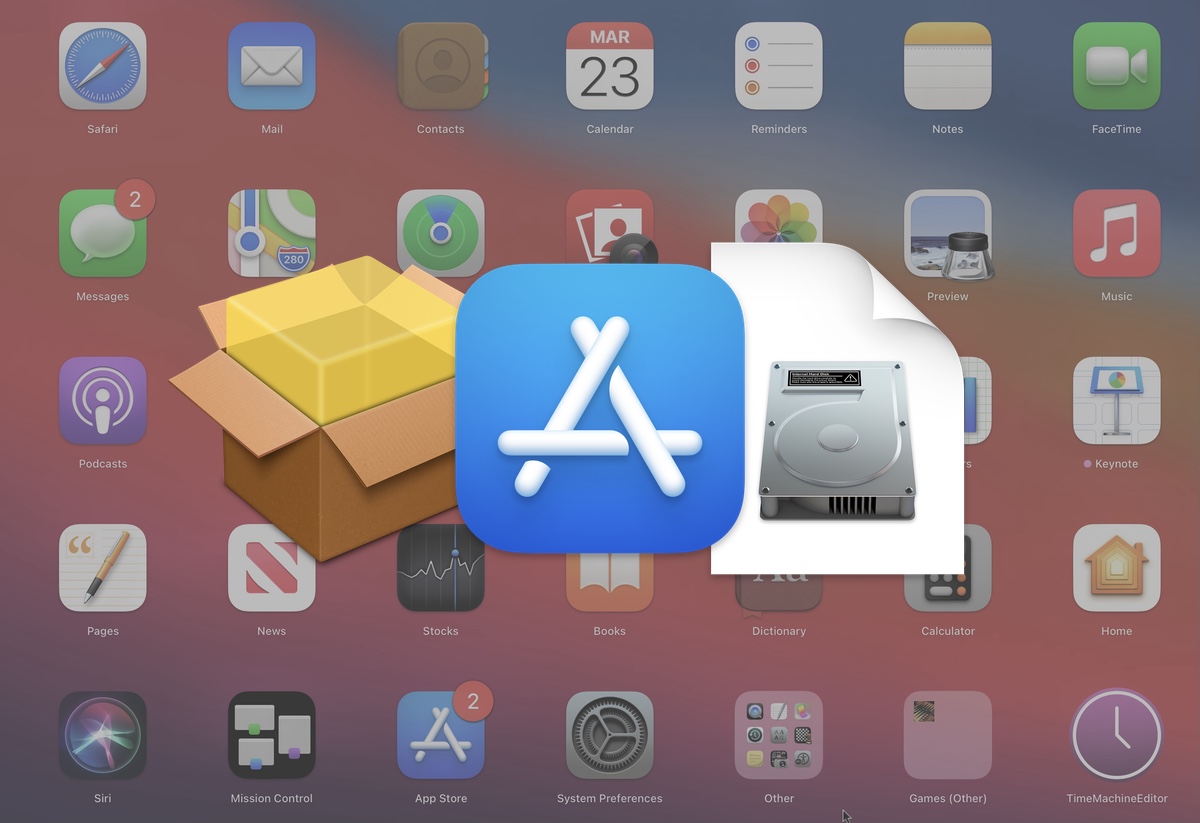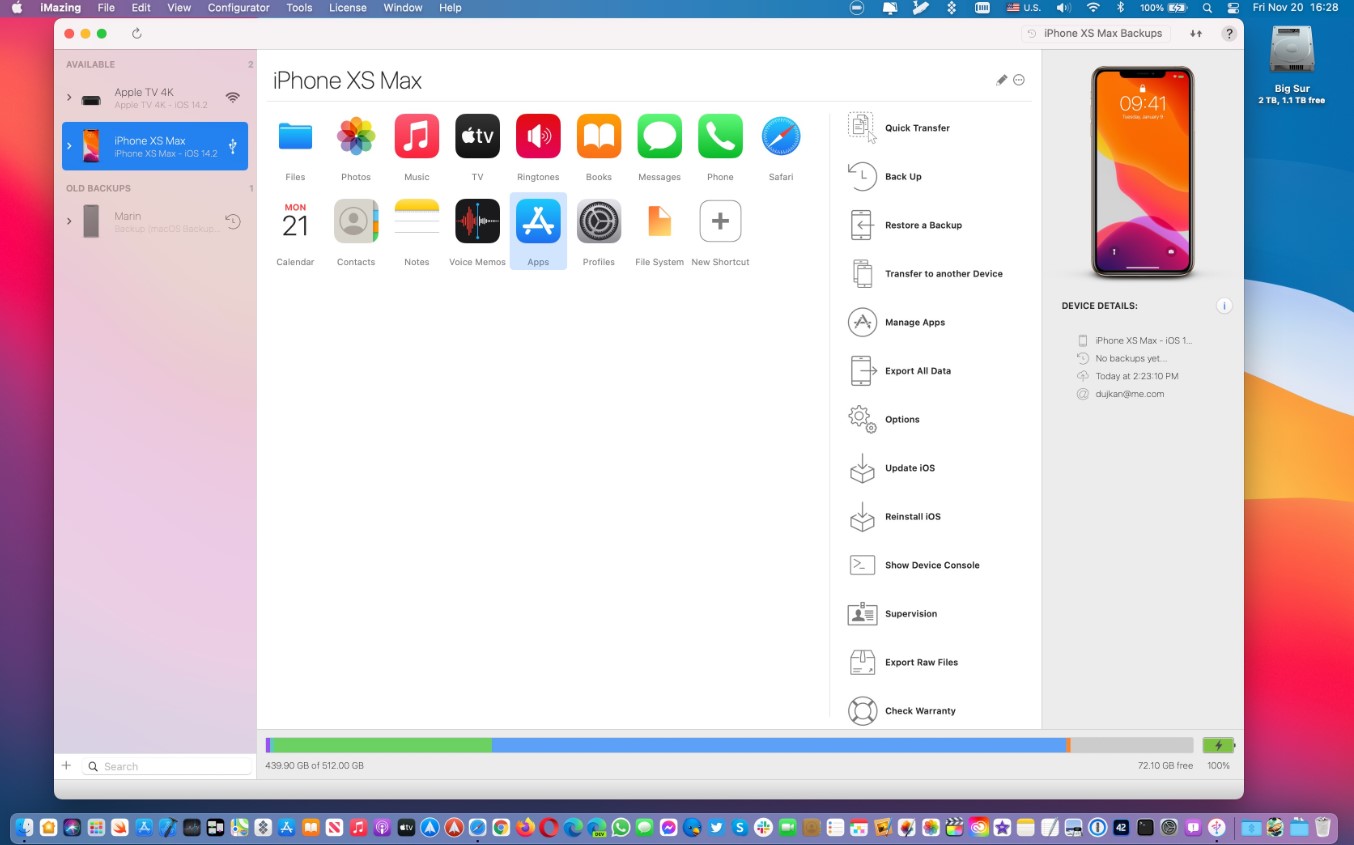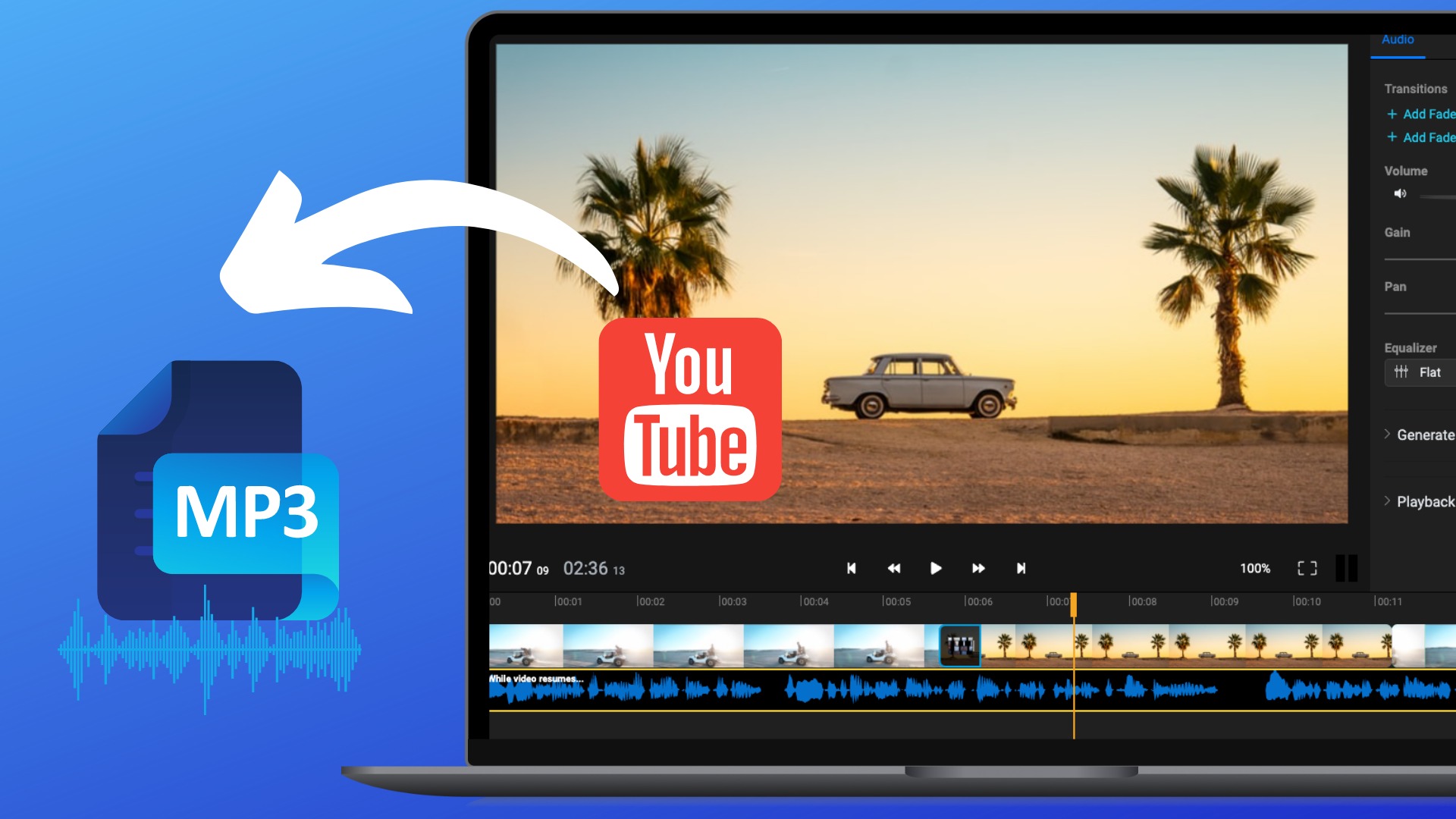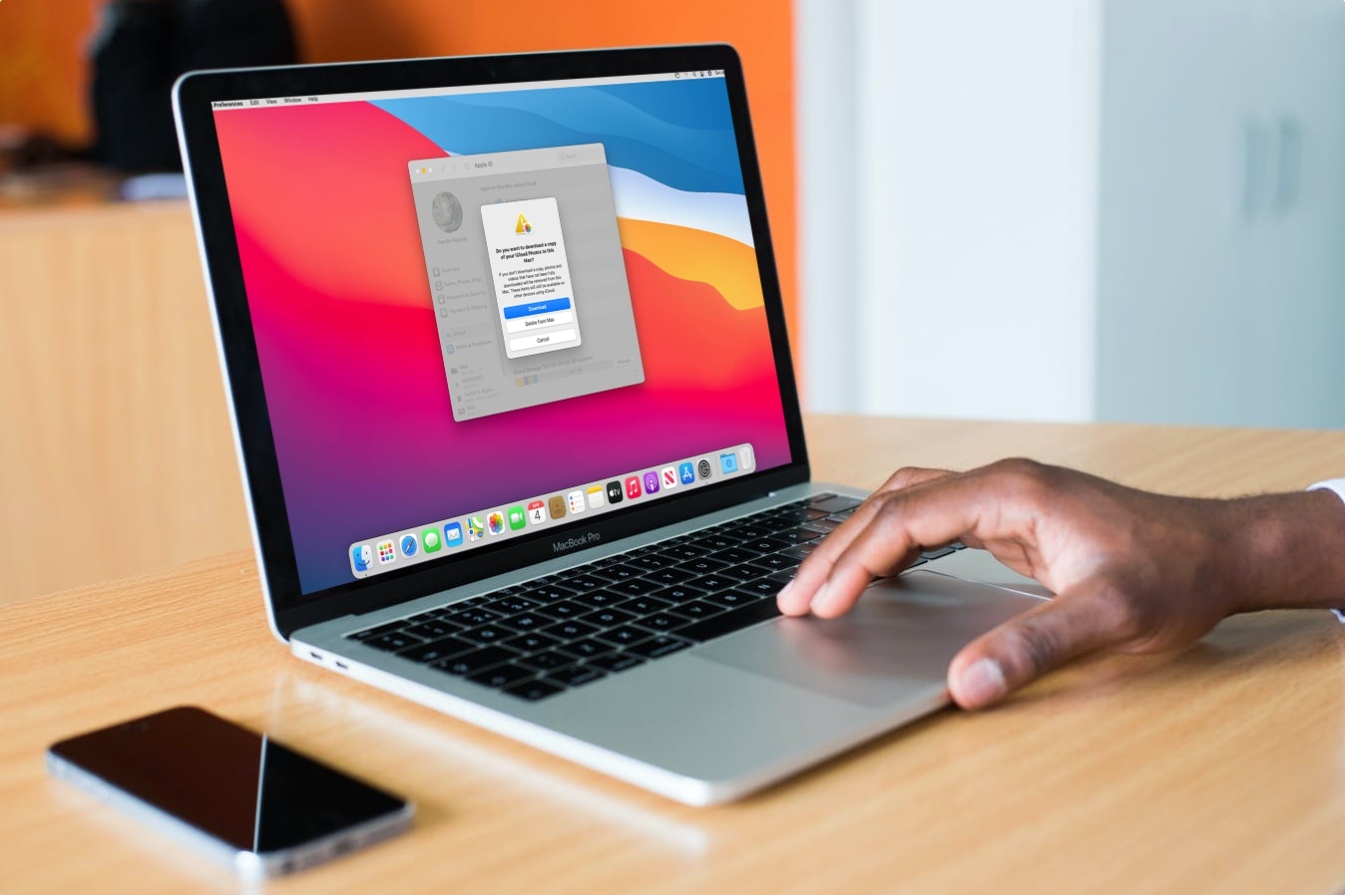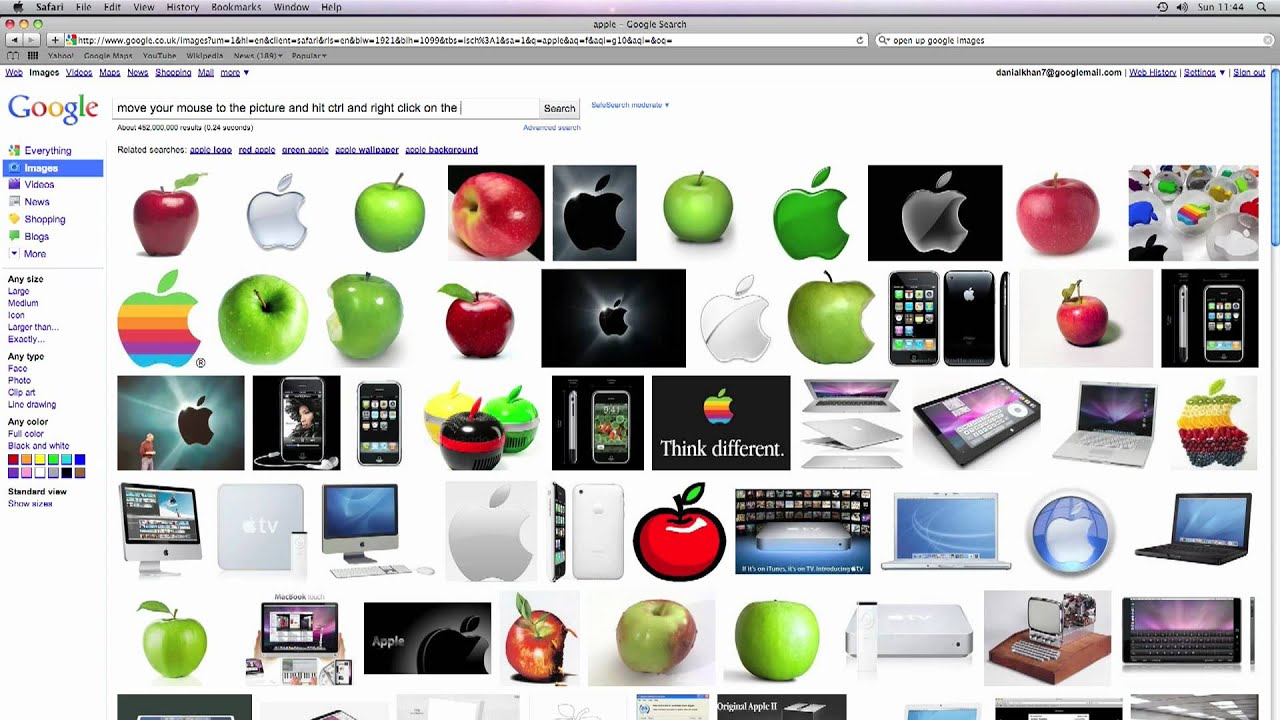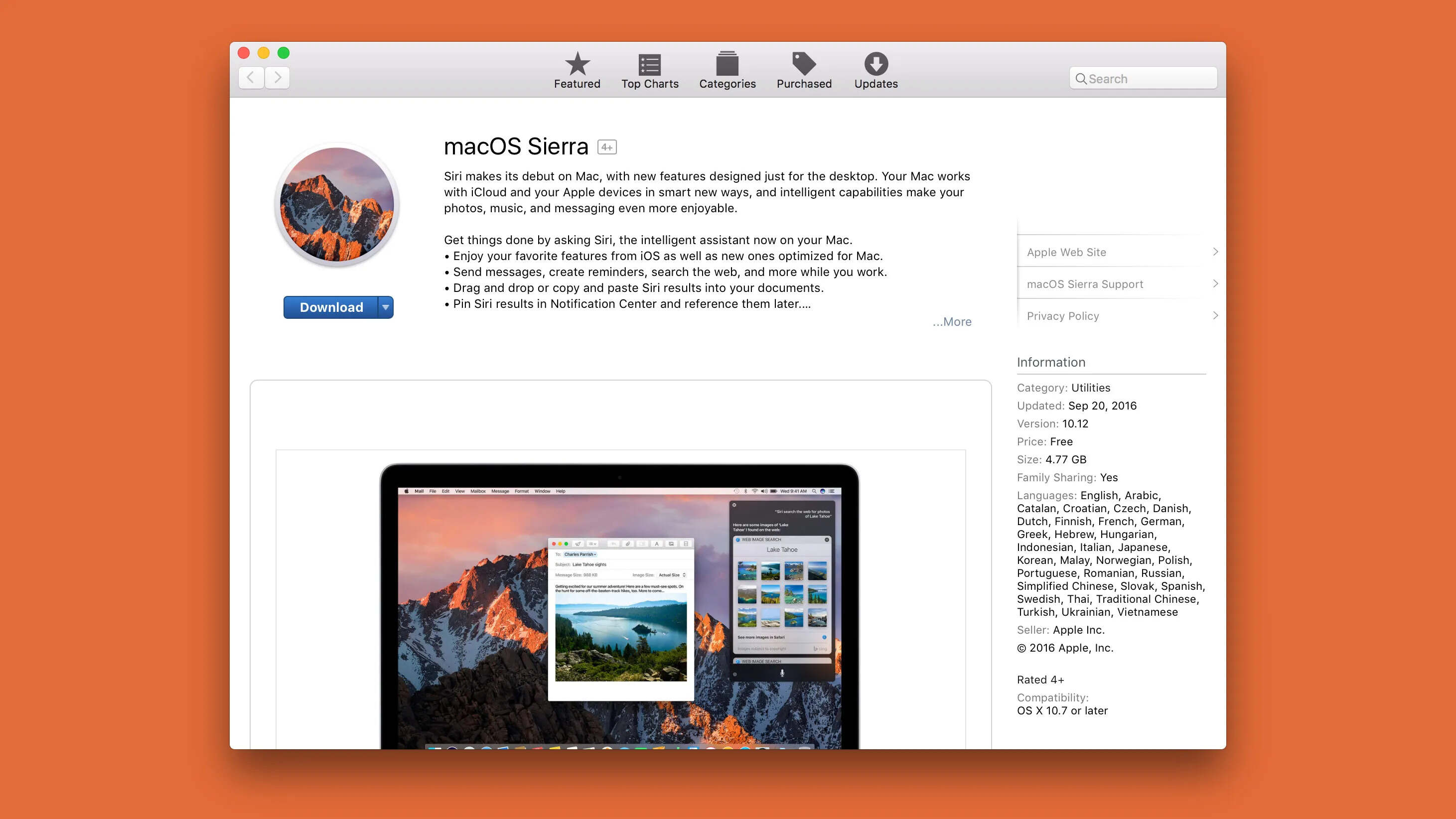Introduction
Welcome to the world of Mac! Whether you’re a new Mac user or have been using it for some time, you’ll find that downloading and installing apps on your Mac is a breeze. The Mac App Store is the go-to place for finding and downloading a wide range of applications for your Mac.
In this article, we’ll walk you through the process of downloading an app on your Mac. We’ll also provide tips and tricks on finding the right apps, reading reviews, updating apps, and troubleshooting common issues. So, let’s dive in and explore the world of app downloads on your Mac!
Before we get started, it’s important to note that the Mac App Store is the safest and most reliable source for downloading apps on your Mac. By using the App Store, you can rest assured that the apps you download are legitimate, secure, and free from malware or other harmful elements.
Now, let’s begin our journey in discovering how to download an app on your Mac!
Finding the App Store
Before you can start downloading apps on your Mac, you need to locate the Mac App Store. The App Store is a dedicated application that comes preinstalled on all Mac computers, making it easily accessible.
To find the App Store on your Mac:
- Click on the Finder icon in your dock, which is usually located at the bottom of your screen.
- In the Finder menu that appears on the top left corner of your screen, select Applications.
- Scroll through the applications until you find the App Store icon.
- Click on the App Store icon to launch the application.
Alternatively, you can also use the search function in the top right corner of the Finder to search for the App Store. Simply type “App Store” in the search bar and click on the App Store icon when it appears in the search results.
Once you’ve located and opened the App Store, you’re ready to start exploring and downloading apps!
It’s worth noting that the App Store is an essential feature of macOS and provides a secure and reliable platform for discovering and installing apps on your Mac. You can trust the App Store to deliver a curated selection of apps that have been reviewed and approved by Apple.
In the next sections, we’ll guide you through the process of searching for apps, reading reviews, downloading, and managing apps on your Mac. So let’s embark on this exciting journey!
Searching for an App
Now that you’ve found the App Store on your Mac, it’s time to start searching for the perfect app to meet your needs. With thousands of applications available, finding the right one can sometimes feel like finding a needle in a haystack. But fear not, as the App Store provides powerful search tools to help you narrow down your options and discover the apps that suit you best.
To search for an app in the App Store:
- Open the App Store on your Mac.
- Click on the Search tab located at the top right of the App Store window.
- In the search bar, type in a keyword or the name of the app you’re looking for.
- As you type, the App Store will start displaying relevant results in real-time.
- Click on the app you’re interested in to view its details and download options.
You can refine your search further by using the Filters option located on the right-hand side of the search bar. The available filters include Categories, Ratings, and Price. By selecting specific filters, you can narrow down your search to find apps that fit your preferences and requirements.
When searching for an app, it’s a good idea to read the app’s description and check out the screenshots and app previews. This will give you a better idea of what the app does and how it looks. You can also take a look at the Reviews & Ratings section to see what other users think about the app. Their feedback can be valuable in helping you make an informed decision.
If you’re looking for popular or recommended apps, you can browse through the Featured and Top Charts sections in the App Store. These sections highlight apps that are currently trending or highly rated, making it easier for you to discover new and exciting apps.
Once you’ve found the app you want to download, click on the Get or Buy button to initiate the download process. If the app is free, it will be downloaded and installed automatically. If the app has a cost, you will be prompted to confirm your purchase before the download commences.
With the ability to search for apps in the App Store, you can quickly and efficiently find the perfect app to enhance your Mac experience. So go ahead and start exploring the vast array of apps available to you!
Selecting and Reading App Reviews
When it comes to downloading apps, it’s always a good idea to read reviews to get a better understanding of the app’s quality, performance, and user satisfaction. The App Store provides a platform for users to leave their feedback, ratings, and reviews for the apps they have used.
To access and read app reviews in the App Store:
- Open the App Store on your Mac.
- Search for the app you are interested in.
- Click on the app to view its details.
- Scroll down the app’s page until you reach the Reviews & Ratings section.
- In this section, you can see an overall rating for the app, as well as individual reviews.
Reading app reviews can provide valuable insights into the app’s strengths and weaknesses, user experiences, and any potential issues or bugs. Here are some tips for effectively analyzing and selecting app reviews:
- Look for patterns: Pay attention to common themes or recurring feedback in reviews. This can give you a good sense of the app’s overall performance and user satisfaction.
- Consider the number of reviews: Take into account the total number of reviews an app has received. An app with a higher number of reviews generally gives a more accurate representation of its quality.
- Balance positive and negative reviews: Don’t solely rely on either extremely positive or negative reviews. Look for a balanced perspective to get a comprehensive understanding of the app’s pros and cons.
- Check recent reviews: Look at the most recent reviews to get an idea of the app’s current state. An app that has received recent positive reviews is likely to be actively maintained and updated.
- Consider your own needs: Keep in mind that everyone has different preferences and expectations. Consider whether the issues mentioned in the reviews would be a deal-breaker for you or if they are minor concerns that can be overlooked.
By carefully analyzing app reviews, you can make an informed decision about whether or not to download a particular app. They can help you avoid potentially problematic apps and ensure that you choose apps that are well-received by the user community.
Reading app reviews is an important part of the app discovery process, ensuring that you choose high-quality apps that meet your needs. Now that you have the tools to assess app reviews effectively, you can confidently decide which apps to download and enjoy on your Mac!
Downloading the App
Once you have found the perfect app for your Mac and have read through the reviews, it’s time to download the app and start using it. The process of downloading an app from the App Store is straightforward and can be completed in just a few simple steps.
To download an app from the App Store:
- Open the App Store on your Mac.
- Search for the app you want to download.
- Click on the app to view its details.
- In the app’s details page, click on the Get or Buy button.
- If the app is free, it will start downloading immediately. If it is a paid app, you will be prompted to enter your Apple ID password or use Touch ID to complete the purchase.
- Once the app is downloaded, it will appear in your Applications folder and in Launchpad.
You can track the progress of the download by clicking on the Downloads tab at the top right corner of the App Store window. Here, you can pause, resume, or cancel ongoing downloads.
After the app is successfully downloaded, you can launch it by clicking on its icon in the Applications folder, or by searching for it using Spotlight (press Cmd + Space and type the app’s name).
It’s important to note that some apps may require additional permissions or settings to function properly. When you first launch the app, it may prompt you to grant it access to certain system features (such as the camera or microphone) or ask for your permission to make changes to your Mac. Be sure to review and adjust these settings as per your preferences.
Downloading apps from the App Store ensures that you are getting the official, safe, and verified version of the app, as well as any future updates that the developer releases. You can easily manage and update all your downloaded apps directly from the App Store, making it a convenient and secure way to keep your Mac software up to date.
With just a few clicks, you can download and install apps that will enhance your productivity, creativity, and entertainment on your Mac. So go ahead, start exploring the vast library of apps available in the App Store and elevate your Mac experience!
Finding and Launching the App
Once you have successfully downloaded an app from the App Store on your Mac, you may be wondering how to find and launch it. Fortunately, locating and launching an app on your Mac is a simple and straightforward process.
Here’s how to find and launch an app on your Mac:
- From the desktop, click on the Finder icon in your dock located at the bottom of the screen. Alternatively, press the Command + Space keys to open Spotlight and search for the app there.
- In the Finder menu that appears on the top left corner of your screen, select Applications.
- A window will open displaying all the applications installed on your Mac.
- Scroll through the list or use the search bar at the top right corner to type in the name of the app you want to find.
- Once you locate the app, either double-click on its icon or click and drag it to the dock for easy access in the future.
- The app will launch and appear on your screen, ready for you to use and explore.
Additionally, you can also find and launch apps using Launchpad. Launchpad is a built-in feature in macOS that provides a simplified and visually appealing way to access your installed apps.
To open apps using Launchpad:
- Click on the Launchpad icon in your dock, which resembles a rocket ship.
- A fullscreen view of all your installed apps will appear.
- Scroll through the app icons or use the search bar at the top to find the app you want to launch.
- Click on the app icon to open and launch it.
Once you’ve launched the app, it will appear on your screen, ready for you to use its features and functions. Depending on the app, it may open in a window or display its interface right away.
Remember that you can customize your dock to include your most frequently used apps, making it even quicker and easier to access them. Simply right-click on the app icon in the dock and select Options > Keep in Dock.
With these simple steps, you can find and launch any app that you have downloaded from the App Store or installed on your Mac. Discover the full potential of your apps and enjoy the enhanced functionality they bring to your Mac experience!
Updating Apps on your Mac
Keeping your apps up to date is essential for ensuring that you have the latest features, bug fixes, and security enhancements. Fortunately, updating apps on your Mac is a straightforward process that can be done through the App Store. By regularly updating your apps, you can enjoy the best user experience and make the most out of their functionality.
Here’s how to update apps on your Mac:
- Open the App Store on your Mac.
- Click on the Updates tab located at the top of the App Store window.
- A list of available app updates will be displayed.
- Click on the Update button next to each app you wish to update, or click on the Update All button to update all apps at once.
- If prompted, enter your Apple ID password or use Touch ID to authorize the updates.
- The updated apps will start downloading and installing automatically.
It’s important to note that you may need to close the app you are trying to update before the update process can begin. Some apps may require you to quit them completely in order for the update to take effect.
The App Store provides notifications in the form of badge icons on the dock indicating the number of available updates. Additionally, you can enable automatic app updates in your Mac’s System Preferences to ensure that your apps are always up to date without manual intervention.
To enable automatic app updates:
- Click on the Apple menu in the top left corner of your screen and select System Preferences.
- Click on App Store.
- Check the box that says Automatically check for updates.
- Choose the update frequency that suits your preference (daily, weekly, or monthly).
By enabling automatic app updates, new versions of the apps you have installed will be automatically downloaded and installed in the background, ensuring you’re always up to date without any hassle.
Updating your apps on your Mac is an important maintenance task that ensures you have the latest features, enhancements, and security patches. Take advantage of the App Store’s update feature to keep your apps running smoothly and enjoy their full potential.
Deleting Apps You No Longer Need
Over time, you may find that you have accumulated a collection of apps on your Mac that you no longer use or need. Deleting these apps can help free up storage space, declutter your system, and improve the overall performance of your Mac. Fortunately, removing unwanted apps from your Mac is a simple and straightforward process.
To delete apps you no longer need on your Mac:
- Open the Finder by clicking on the Finder icon in your dock, usually located at the bottom of your screen.
- In the Finder menu that appears on the top left corner of your screen, select Applications.
- A window will open displaying all the applications installed on your Mac.
- Scroll through the list or use the search bar at the top right corner to locate the app you want to delete.
- Click on the app’s icon and drag it to the Trash bin located in your dock.
- Alternatively, you can right-click on the app’s icon and select Move to Trash from the context menu.
- To permanently delete the app, right-click on the Trash bin in the dock and select Empty Trash. Confirm your action when prompted.
Please note that deleting an app this way only removes the app itself, not necessarily all associated files or preferences. Some apps may leave behind small files or settings even after you delete them. If you want to ensure a complete removal, you can use third-party uninstaller applications that thoroughly clean up an app and its associated files.
Another method to delete apps is through Launchpad:
- Click on the Launchpad icon in your dock, which resembles a rocket ship.
- A fullscreen view of all your installed apps will appear.
- Click and hold on the app icon until all the icons start jiggling.
- Click on the small X symbol that appears in the top-left corner of the app’s icon.
- Click Delete when prompted to confirm the deletion.
Deleting unused apps can help free up valuable storage space, improve system performance, and make it easier to navigate through your installed apps. It’s a good practice to regularly review and remove apps that are no longer necessary or useful to you.
With the simple steps outlined above, you can easily delete apps that you no longer need on your Mac, decluttering your system and optimizing its performance.
Troubleshooting App Downloads
While downloading apps from the App Store on your Mac is usually a smooth process, there may be instances where you encounter issues or encounter errors during the download. Don’t worry! There are several troubleshooting steps you can take to resolve common problems and ensure successful app downloads.
Here are some troubleshooting tips for app downloads:
- Check your internet connection: Ensure that you have a stable and reliable internet connection. Slow or intermittent connections can cause download issues. Try restarting your router or connecting to a different Wi-Fi network.
- Restart the App Store: Quit the App Store and relaunch it. Sometimes, restarting the app can resolve temporary glitches or connection errors.
- Clear the App Store cache: Cache files can accumulate over time and cause issues with downloads. Go to the Store menu in the App Store and select Clear Cache to remove any temporary files that may be causing problems.
- Sign out and sign back in: Sign out of your Apple ID in the App Store and sign back in. This can refresh your account settings and resolve issues with app downloads.
- Check your storage space: Ensure that you have enough free storage space on your Mac for the app you are trying to download. Insufficient storage can prevent downloads from completing. Delete unwanted files or applications to free up space if necessary.
- Update macOS: Outdated versions of macOS may have compatibility issues with certain apps. Make sure that your Mac is running the latest version of macOS by going to the Apple menu > System Preferences > Software Update.
- Disable VPN or Proxy: If you are using a VPN or proxy service, disable it temporarily. Sometimes, these services can interfere with app downloads.
- Contact Apple Support: If you have tried the above steps and are still experiencing issues with app downloads, contact Apple Support for further assistance. They can provide specialized guidance and troubleshooting steps tailored to your specific problem.
Remember, troubleshooting steps may vary depending on the specific issue you are facing. It is always a good idea to consult official Apple documentation or contact Apple Support for further assistance in case you encounter persistent challenges with app downloads.
By following these troubleshooting tips, you can overcome common issues and ensure a smooth app download experience on your Mac.
Conclusion
Downloading apps on your Mac is an exciting and convenient way to enhance the functionality and customized experience of your computer. With the Mac App Store, you have access to a vast library of apps that cater to various needs, whether it’s for productivity, creativity, entertainment, or utility.
In this article, we explored the step-by-step process of downloading apps from the App Store, finding and launching them on your Mac, updating them to ensure you have the latest features, and removing apps you no longer need. We also provided troubleshooting tips to overcome common issues you may encounter during the app download process.
Remember to use the search and filtering tools in the App Store to find apps that meet your specific requirements. Reading reviews and app ratings can help you make informed decisions about the apps you choose to download. Regularly updating your apps and deleting unused ones can optimize your Mac’s performance and ensure you have the best user experience.
We hope this article has empowered you with the knowledge and skills to navigate the world of app downloads on your Mac. Embrace the possibilities and explore the diverse range of apps available to enhance your Mac experience!







